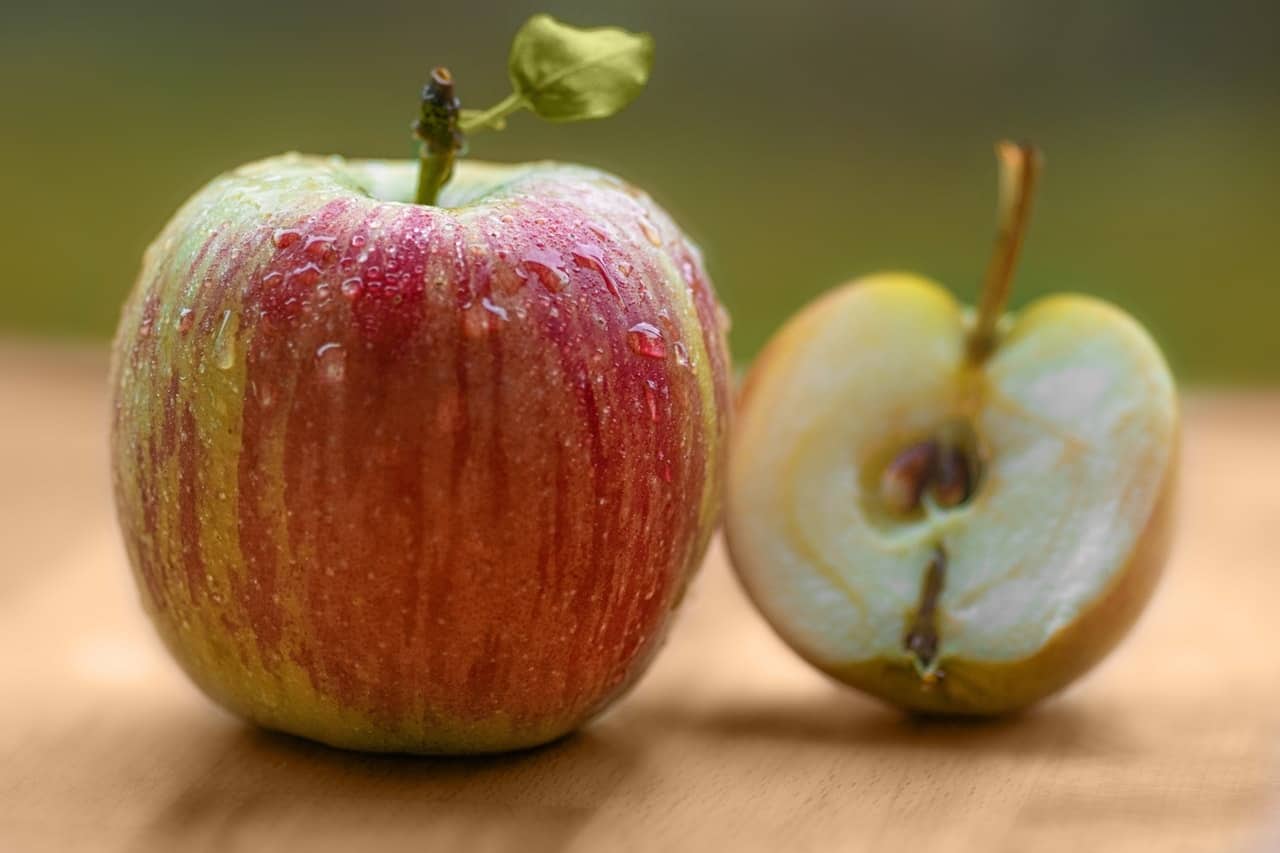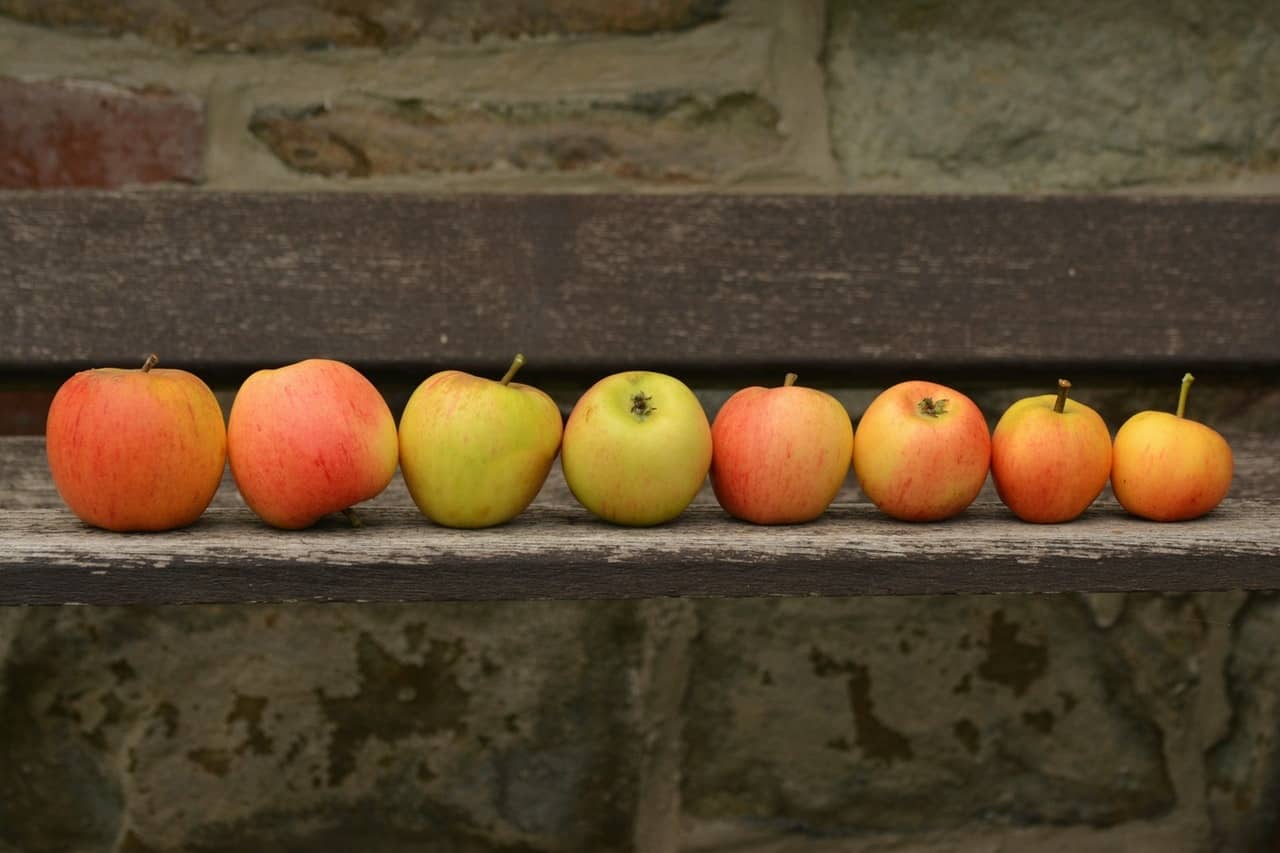Welcome to Cider Culture’s column about DIY cider making. Our intrepid cider reporter, Samantha (who’s also an at-home cider-making experimenter), will share her tips, thoughts, frustrations, victories and insights into the DIY magic it takes to turn apples into a mind-bending beverage. Check out her first, second, third and fourth installments to catch up on the topics discussed so far. Here’s #5:
Wow, our cabin fever is really beginning to kick in. Do you feel it? It is that insatiable itch that you feel right in your core, where you crave to just do something new! The holiday season is but a distant memory at this point, and spring looks like it will never come. Welcome to winter, friends. Personally, I believe the only way to mentally escape the doldrums of winter is by getting active and exercising my brain, too. So, it is DIY time!
In these cold winter days, it is hard to believe that you can find an ample amount of fresh apples for your winter cider batch. Surprisingly enough, it is not as difficult as you might think. Long after the apple picking season is over, many apples are still available for purchase. This is due to two main factors: harvesting time for particular varieties and cold storage.

Certain apple varieties are best harvested around late fall and early winter. Many of these varieties are ones you will easy find at your local market: Braeburns, Granny Smiths, Fuji and Roses are all examples. These varietals will do well lasting in your fridge or in a form of cold storage.
Other varieties that will be easy to find:
- Gala
- Golden Delicious
- Honeycrisp
- Ida Red
- McIntosh
- Red Delicious
There are some odder varieties that store just as well, due to their thicker skin:
- Abram
- Crispin
- Empire
- Honey Crisp
- Newton
- Jonalicious
- Red Pippin
- Stayman-Winesap
- Winesap

So, exactly how do you store these apples? You won’t need many supplies, but there are a few tips you will need in order to ensure that your lot of apples remains fresh and ready for your cider making.
You will need:
- Your apples
- A few boxes or baskets
- Newspaper
To properly store these apples, you will need to follow a few key steps:
- Pick your apples properly. Finding apples that keep well will ensure that you have enough for your cider. Remember, finding apple with a thicker skin is your safest bet. (See the list above.)
- It is important to make sure each apple you’re storing is in its best shape. That means picking out the apples with any form of a cut, bruise or mild damage.
- Store your apples by variety. Not only will this save you from a massive headache later, when you decide to utilize your stash, but it will also help you distinguish what apples are ripening at what rate.
- Wrap each of your apples in a piece of newspaper. This will help in case an apple spoils; it will prevent it from damaging the rest of the lot.
- Store all of your apples in either a box or a basket, if you have one (very easy to thrift if you don’t).
The most important thing, though, is temperature. You need to store the apples in a cool area, whether this is a fridge, cellar, your basement or even a garage. Be careful about the cooling area you choose because the temperature needs to stay between 30–34 degrees Fahrenheit. Anything below 30 degrees could potentially cause freeze damage. Do not let the temperature rise above 40 degrees or you run the risk of the apples ripening too quickly. Managing the humidity is also essential for this process, so try to keep the humidity level around 85-90%. Keeping the apples in a dark area is also essential, so a cellar or fridge usually work best with this process.
Check regularly to make sure the apples are all intact. Rotting apples need to be removed to prevent spoilage among the rest of the bunch. By storing your apples soon after you have picked them, you are ensuring that they will keep for a longer period of time. You can expect your apple lot to keep for upwards of 4–5 months, if you have the apples in a very controlled storage environment.
Have you had particular success storing your apple varieties for DIY cider making? Please join in on the conversation and let us know!
- Photos: Pexels